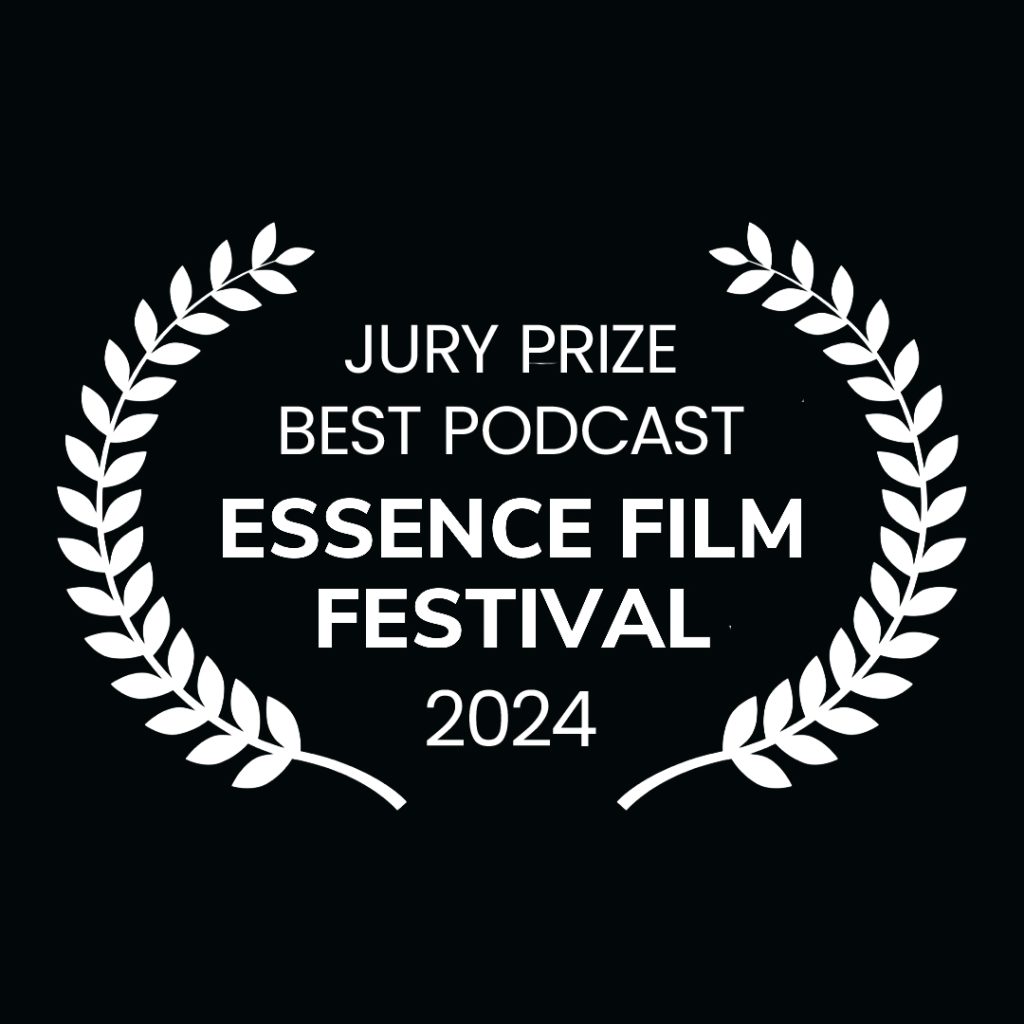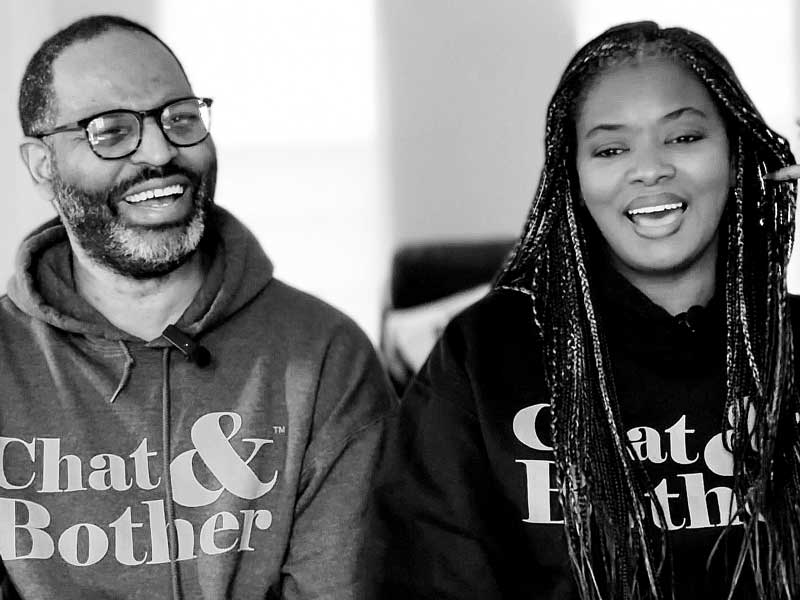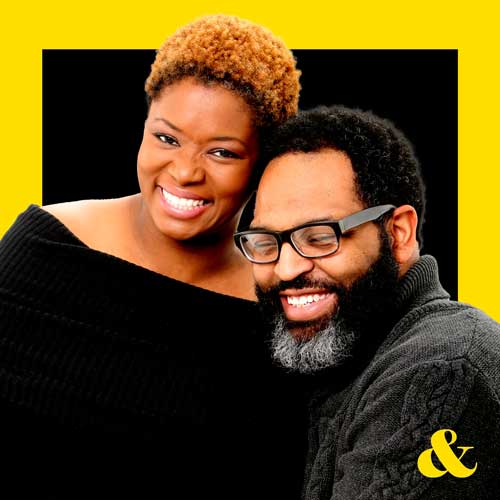Technically, a podcast is audio only. Okay, that’s as technical as it is going to get in this article. If you are adding video, that’s exactly what it is – an addition. Lots of podcasts these days are recorded, and have added video to their distribution and marketing plans. Does this mean that you have to do it too? If you are constantly asking yourself, “Do I have to have video to have a successful podcast?” before you even get started, relax. In this article, I’ll guide you through the pros and cons of podcasts with video without getting technical.
Do You Need Video? You Can Go Old School
No more suspense – here’s the answer to your question. No, you don’t need to record video to have a successful podcast. Audio-only podcasts have been used to tell stories, interview great people, and start great discussions. Think NPR. They do have video now, but back in the day, they were an all-talk radio program – like an early podcast. They have some of the top podcasts today. The beauty of audio-only podcasting is the simplicity of it—a mic, a topic, and a voice are all you need to reach your audience and share your ideas.
Is Audio Only Enough for a Podcast? Imagination Is Still Important
Why do people love storytellers so much? We have been revered in society for millennia. Bedtime stories, stories around the campfire, old folk on the stoop telling stories about what it was like “back in the day,” and even kids running home to tell parents and grandparents what happened on the playground. Audio podcasts allow listeners to create their own mental images, which creates a unique and personal connection between your listeners and your content. Your voice is the guide that leads them through narratives, ideas, and conversations.
Audio Is Best for Busy Listeners: Everywhere All At Once
Growing up, I had a 45-minute to one hour ride to school. Every morning for years, my parents would have NPR on the radio. I didn’t like it at first, but after a while, I didn’t want music. I wanted stories. Staring out of the window, I imagined what the people in the story looked like, where they were, and what they were doing. My parents got two things done at once. Driving me to school and catching up on national news and compelling stories. Today, your listeners can enjoy your podcast while commuting, working out, cooking, cleaning, or simply relaxing. They don’t have to stop doing what they are doing to watch the video. There’s no FOMO (fear of missing out). Just your voice and their ears.
Do Video Viewers Turn Into Podcast Listeners?
For Season One, we have ONE episode with an accompanying video. That one was one of the most popular episodes we have on YouTube even though the audience members that we surveyed said they only listen, not watch, on YouTube. Seeing faces and expressions can enhance audience engagement. “Did you see how she looked at you when you said that?”
Those comments can be great feedback to see what topics, guests, and questions work well for your audience. Video podcasts also provide an opportunity to show your personality and create a more intimate connection with your audience. I am the one who makes all the faces. Video allows people to laugh along with me, but our listeners have said that they laugh just as much without seeing us.
Video is Good for Sharing: The Purpose of Repurposing
Both audio and video can be repurposed on social media, YouTube Shorts, TikToks, and Reels, but with actual video, not just your voice over a photo with captions or an audiogram, you can get the attention of a broader audience. However, the likelihood of turning someone you got hooked on video into an audio-only listener is slim.
Yes, video content expands your podcast’s reach to a broader audience and opens doors to visual-centric communities, but unless you plan to continue producing both audio and video, keep this in mind: Video audiences are usually joining you for a different experience. One that doesn’t translate into an audio-only format. They will likely not go from watching on YouTube to listening on Apple Podcasts or Spotify. While growing is the goal, you will be cultivating two separate audiences, and you will have to consider both when making both types of content. When you make your decision, think about whether or not you can provide an ideal experience for those two very different audiences.
Either or Both Will Work! Do What Works Best for You.
The decision to record video with your podcast boils down to your goals, preferences, time, expertise, money, and the nature of your content. If you thrive in the auditory realm and your storytelling prowess is your strength, an audio-only approach is more than sufficient. You don’t have to have both to be successful. However, if you’re eager to amplify your reach, engage visually, and tap into diverse platforms, video is one way to do that. It’s not the only way, but it is an option.
Don’t give up on sharing your ideas, stories, and passions because you don’t have the time, energy, or money to add video. Start your podcast with what you have. Whether your podcast is audio-only or video-enhanced, your voice is what truly matters.






